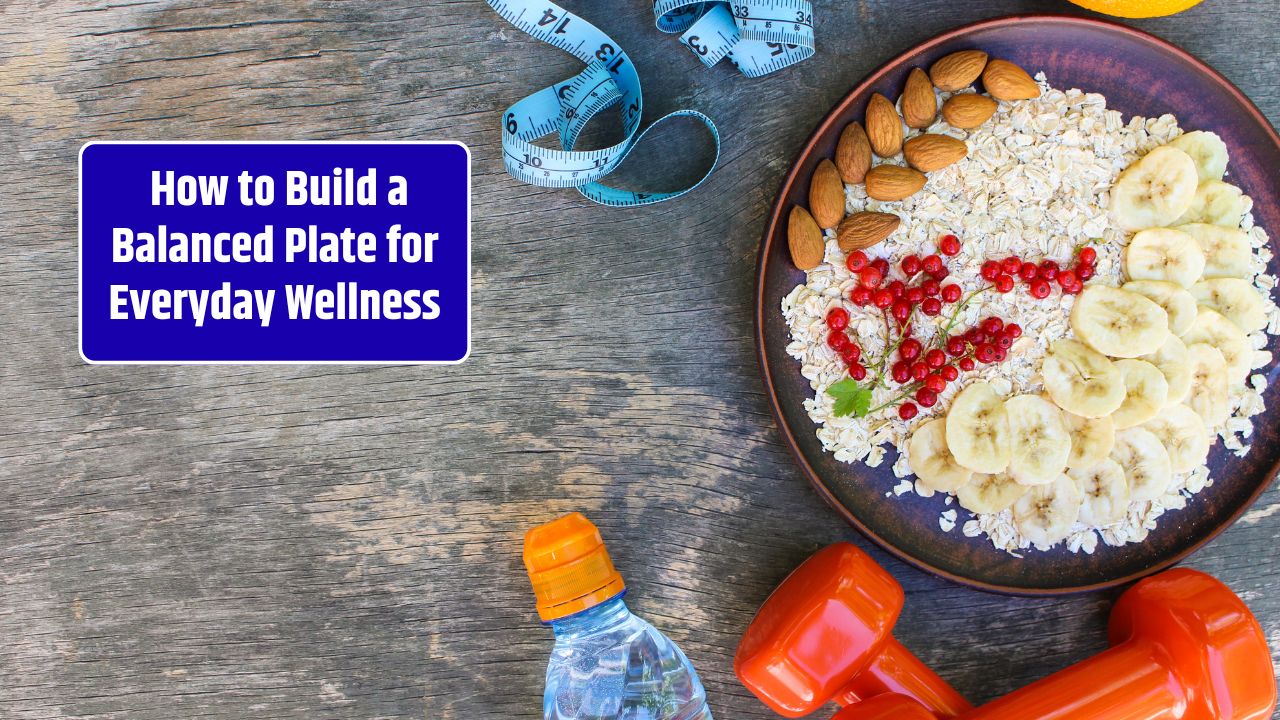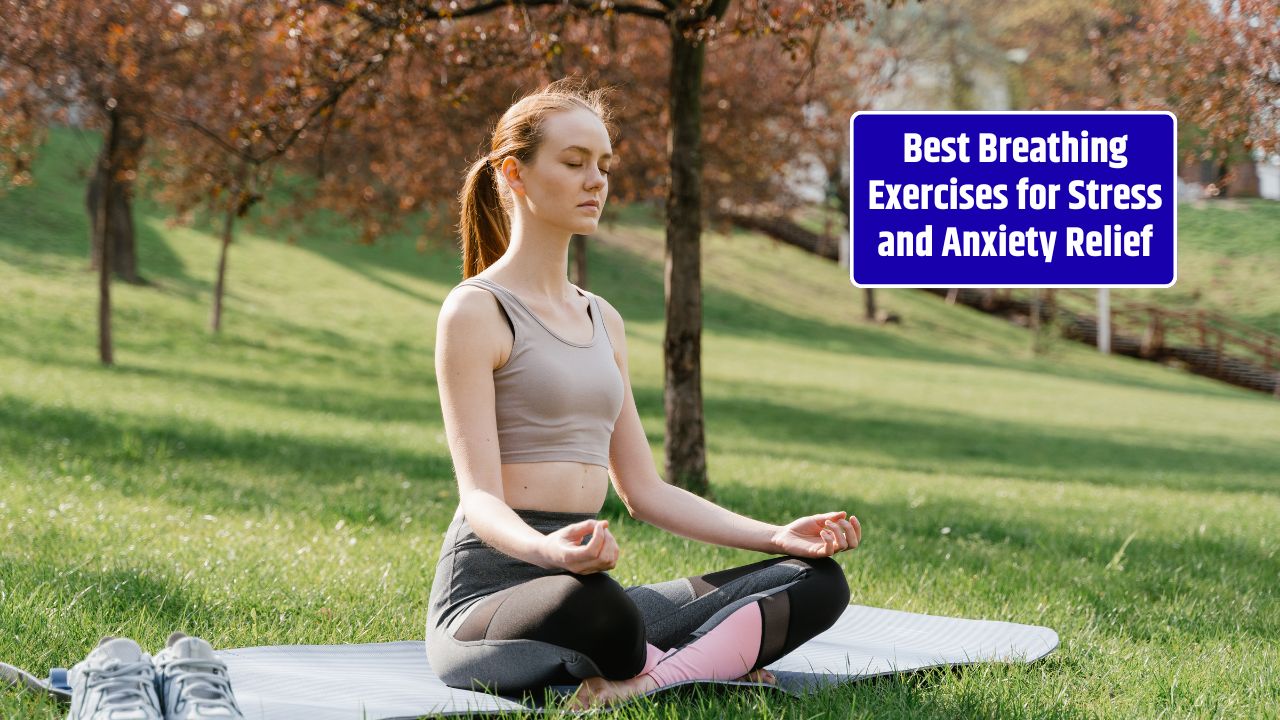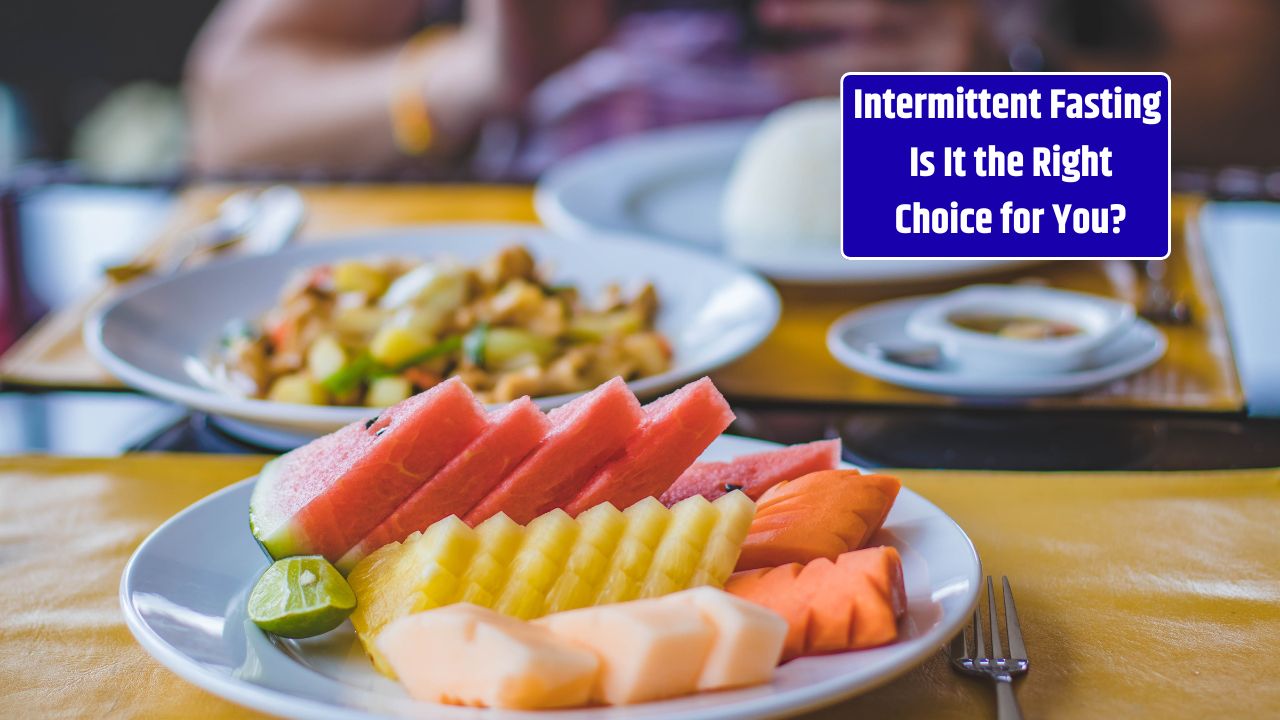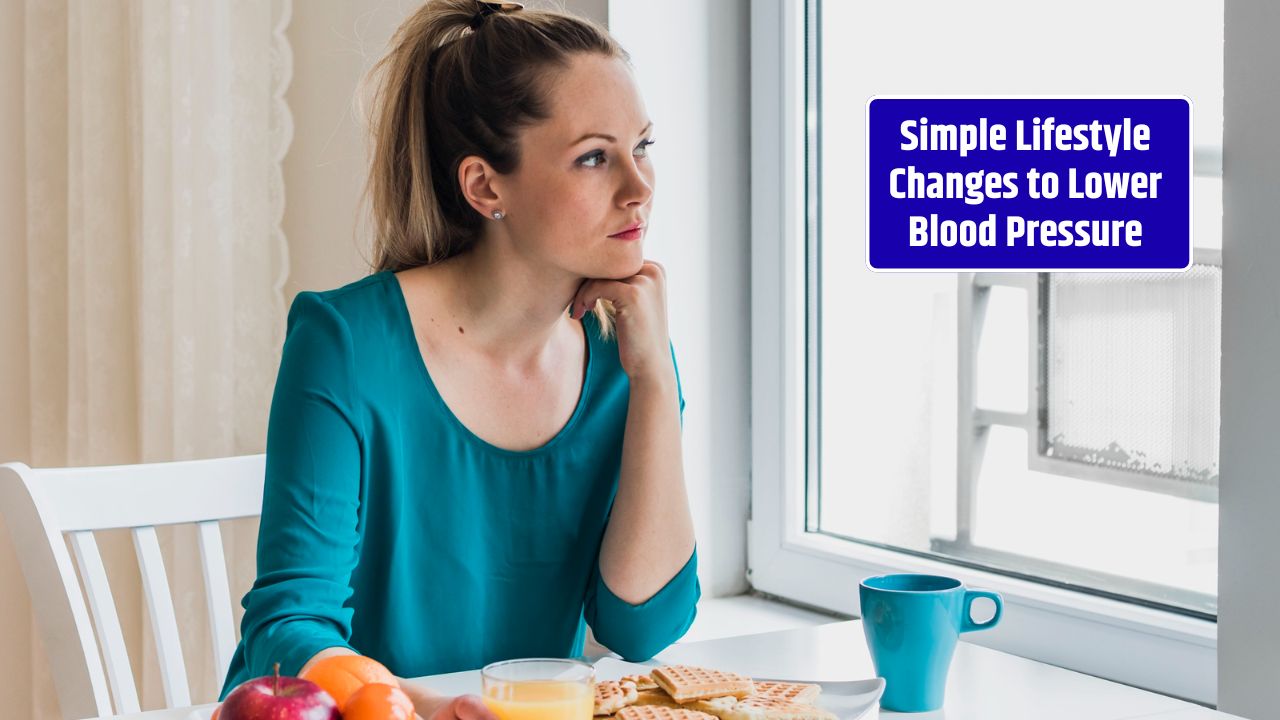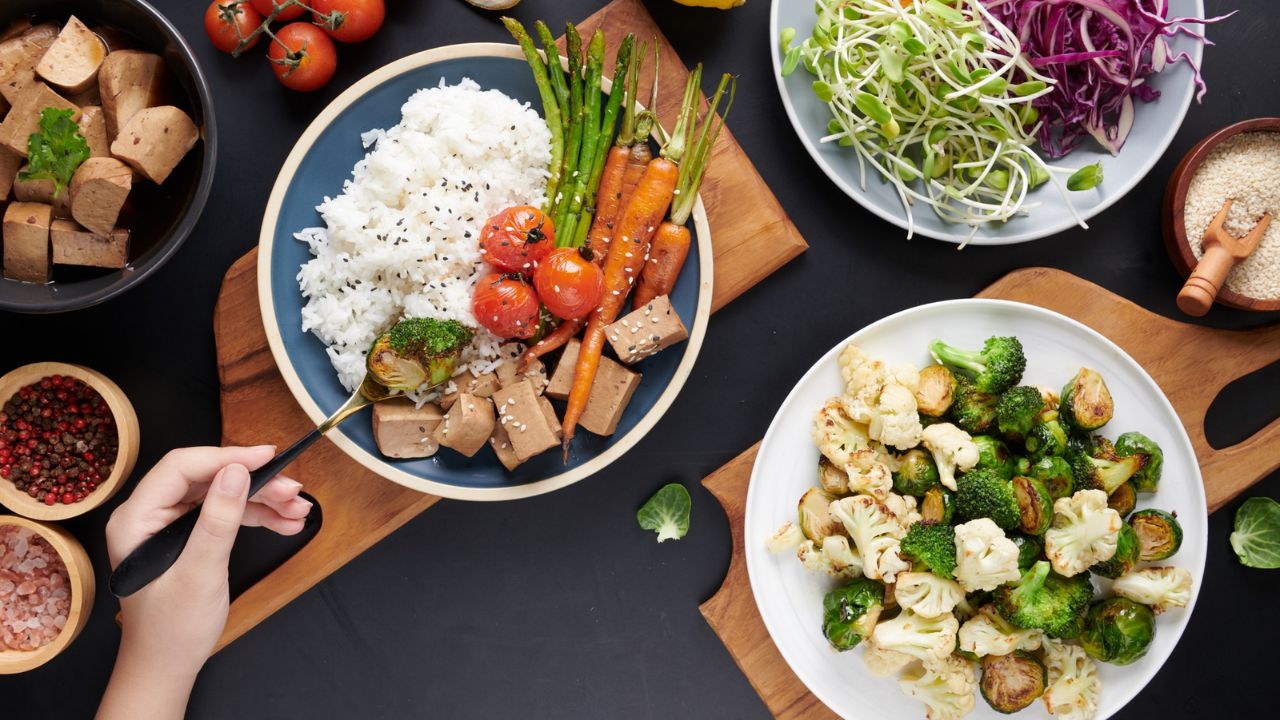Think about the last meal you had. Was your plate a colorful mix of veggies, proteins, and whole grains—or was it a quick grab of whatever was in the fridge? For most of us, eating “healthy” feels like an abstract rule we know but don’t always follow.
The truth is, nutrition isn’t about fad diets or strict restrictions—it’s about balance. Building a well-rounded plate every day can do more than keep you full; it can lower disease risks, boost energy, and even improve mental health.
What a Balanced Plate Really Looks Like
If you picture a plate, half of it should ideally be filled with fruits and vegetables. A quarter goes to lean proteins like chicken, fish, beans, or tofu. The remaining quarter is for whole grains—think brown rice, quinoa, or whole wheat bread. Then there’s a small spot for healthy fats, like olive oil, nuts, or avocado.
The U.S. Department of Agriculture’s MyPlate framework makes this simple: balance, variety, and portion control. Unlike older “food pyramid” visuals, MyPlate is more practical—it shows what your plate should look like at each meal.
Here’s a quick breakdown:
| Plate Section | Examples | Why It Matters |
|---|---|---|
| Vegetables & Fruits | Spinach, broccoli, apples, berries | Fiber, vitamins, antioxidants for immunity |
| Proteins | Chicken, fish, beans, tofu | Muscle repair, energy, hormone balance |
| Whole Grains | Oats, brown rice, quinoa | Steady energy, digestion, heart health |
| Healthy Fats | Olive oil, nuts, avocado | Brain health, hormone regulation |
| Dairy/Alternatives | Milk, yogurt, fortified soy milk | Calcium, Vitamin D for bones |
Why Balance Matters More Than Restriction
The problem with diet culture is it often swings between extremes—“cut all carbs” or “avoid fats.” But balance trumps restriction. Carbohydrates fuel the body. Fats support cell function. Protein keeps you strong. Eliminate any group entirely, and you’re setting yourself up for fatigue or deficiencies.
Take carbs: refined versions like white bread spike blood sugar, but whole grains provide slow-burning energy. Fats? Fries might clog arteries, but avocado supports brain health. It’s about smarter choices, not cutting categories.
Everyday Hacks for Healthier Plates
- Add color: More colors usually mean more nutrients. A rainbow plate is a simple visual hack.
- Go 50-25-25: Half produce, quarter protein, quarter grains. Easy rule of thumb.
- Swap smartly: Switch soda for sparkling water, white rice for quinoa, mayo for hummus.
- Don’t skip breakfast: Even something small like oatmeal with nuts stabilizes energy for the day.
- Mind the drinks: Sugary beverages are hidden calorie bombs. Water is still king.
Nutrition and Long-Term Wellness
Nutrition isn’t just about waistlines. The National Institutes of Health (NIH) links poor diets to increased risk of heart disease, diabetes, and even some cancers. On the flip side, balanced diets improve mood, sleep quality, and cognitive function. Eating well doesn’t just add years to your life—it adds life to your years.
And here’s the kicker: good nutrition also has financial benefits. Healthier diets reduce long-term healthcare costs by cutting risks of chronic conditions that require expensive treatment. It’s an investment that pays off both in well-being and in wallets.
Common Pitfalls People Face
- Portion distortion: Oversized plates and restaurant servings skew what “normal” looks like.
- Ultra-processed foods: Easy and tasty, but loaded with sugar, sodium, and unhealthy fats.
- Skipping meals: Leads to binge eating later.
- “Healthy” traps: Granola bars, smoothies, or salads that are calorie-packed with sugar or dressings.
Bringing It Back Home
Think of balance not as a rigid rule, but as a flexible framework. You don’t have to nail the perfect plate every single meal. Aim for balance most of the time, and you’ll notice the difference in energy, focus, and long-term health. Food is fuel, yes—but it’s also culture, comfort, and connection. A balanced plate doesn’t just feed the body, it nourishes life.
FAQs:
Do I need to avoid carbs to stay healthy?
No. Complex carbs like oats, brown rice, and whole wheat are essential for steady energy.
How much protein should I eat daily?
Roughly 0.8 grams per kilogram of body weight, though needs vary by age and activity level.
Can I be healthy without eating meat?
Absolutely. Beans, lentils, tofu, and nuts provide plenty of plant-based protein.

